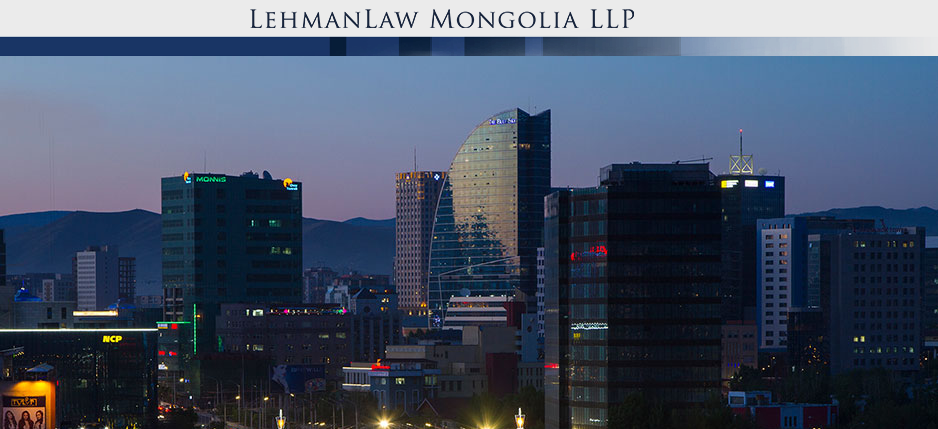In contract law relations, notaries have a main function to provide legal counseling and assistance to the contract parties before and upon the conclusion of the contract.
Upon the certification and authentication of the contract, notaries are obliged to explain to the parties the contract’s content, legal consequences and liabilities in case of its breach. Furthermore, notaries shall clarify if the parties are concluding or have concluded the contract on the basis of equal rights without any pressure or any other manipulative factors, and whether the contract fully expresses the clients’ will, purpose and interests, if all contract parties are completely aware of the potential and factual consequences. In case there is no violation of such circumstances, the notaries shall finally make a certification of the contracts.
The Civil code of Mongolia and other related legislation provide following contracts to be necessarily certified and authenticated by notaries:
- Contract on the transaction of immovable properties
- Contract in relation to the marital property
- The settlement on the sole ownership of apartments
- Contract on the transfer, limited property and usage of the present properties
- Gift promises of certain properties
- Contracts on support and care
- Contracts and settlements on the duty performance
- Contracts on the bank deposit of money and securities
Finally upon the request of the parties, notaries may also certify any contracts, which do not require any notarization, unless such contracts comply with legislation.
